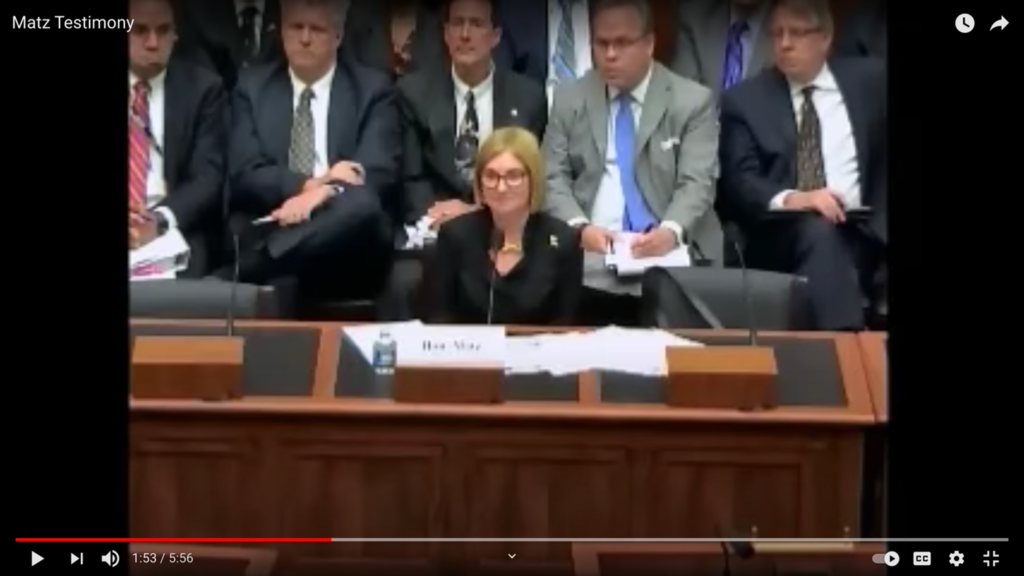Last week, Xceed’s CEO announced the final vote approving their merger with Kinecta FCU. Reviewing this combination in light of 2020’s full year results suggests that Xceed’s members are just being offloaded from a sinking ship to a severely listing one.
An obituary on Xceed’s passing can be written from three vantage points:
- The tale of the data
- The members’ reaction
- The NCUA’s Regional Director cosigning bonus checks
The Data: Exceed’s Last Performance Report
Xceed’s 2020 headline result is a $2.7 million operating loss (-.29 ROA), representing a $4.6 million fall from the prior year. Loans outstanding declined by 20% ($142 million), reducing the loan to asset ratio to 59%. Total income was down 11%; the loss provision expense increased by 89%.
This full year outcome continues this management team’s track record of declining performance. The past five years show a compounded annual (CAGR) asset growth of negative (-0.67%) per year.
During the CEO’s 15-year tenure there have been five mergers that added $200 million in external assets and over 30% more members. Even after these combinations, Xceed’s annual asset growth of 1.39% was far behind the credit union average of 5.8%.
In this final act, the senior team doubled down on their failed merger growth strategy. They became the “mergee” turning over their leadership responsibilities to Kinecta, just down the road. They bailed out, but not before rewarding themselves for this timely exit. (see below)
Kinecta’s 2020 performance appears better with an ROA .48%, share growth of 13%. But the credit union also reported a decline in loans outstanding of over $300 million or 8%. Its net worth ratio of 7.9%, is almost 2% lower than Xceed’s 9.8%.
More important, Kinecta’s long term performance is similar to Xceed’s. That is, it has not been able to keep pace with its peers in the market.
In 1995 Hughes FCU (Kinecta’s earlier persona) ranked 9th out of all 12,107 credit unions. Twenty-five years later at 2020 yearend, Kinecta’s asset ranking is 50th out of 5,207 credit unions.
But didn’t the members approve this transaction?
The Members Vote by Ballot and with their Feet
Voluntary mergers require members vote to end their charter. No minimum participation is needed. A simple majority determines the outcome. Each member has one vote regardless of account size or length of membership.
Of Xceed’s 47,950 members at yearend, Credit Union Times reports that 1,536, or 3.2%, voted in favor of the merger. Some 323 members, or .7%, voted no. Just 3.9% (1,859) of members participated in the decision to give up this longstanding charter.
But a more meaningful member number is 3,768. That is the 7.9% of members who closed their credit union membership in 2020. They expressed their “no vote of confidence” with their feet. They took their relationships elsewhere.
To make a good choice, members must understand what the options are. This “voting” requirement was presented as an administrative event, devoid of any information with which members might make an informed choice. In a rebuke to the entire process, double the number of members who voted decided to get out now.
But Kinecta, five times larger, will fix this member run, right? Wrong. In the last full year Kinecta itself lost 13,079 members or 5.6%!
All credit union membership grew by 3.4% in 2020. This pending combination, by contrast, lost 16,847 members. Both institutions leadership teams are unable to attract followers.
One might surmise that since NCUA approved this transition– moving members from the frying pan to the fire– it must be OK!
NCUA’s Regional Director Cosigns Xceed’s Bonus Checks
NCUA’s Regional Director approved Xceed’s December 30 Member Notice including the details justifying the merger and calling for the member vote.
This regulator-approved Notice included the additional compensation that the five senior managers will be able to receive from this action. Following are the “possible maximum amounts” in the Notice:
| Teresa Freeborn |
President/CEO |
$1,500,000 |
| Michael Sacher |
Executive VP/CFO |
$622,127 |
| Fabiana Burkett |
Chief Risk Officer |
$561,480 |
| Bertha Gascon |
Chief Lending Officer |
$544,439 |
| Kelly Ritchey-Davoran |
People Officer |
$269,268 |
In contrast, the members whose loyalty built the credit union receive nothing. Xceed’s 9.8% net worth is $27 million above the 7% well-capitalized level. These excess reserves are given, for free, to shore up Kinecta’s faltering net worth, which declined from 8.3% to 7.9% in 2020.These payments total $3,497,314 of enhanced financial benefits. What could possibly justify “additional compensation” for a management team leading to a credit union’s demise? They rewarded themselves the fruits of victory after losing the competitive race, year in and year out.
It is likely that Xceed’s members will continue to lose value from this leadership failure. The credit union’s eight branches, apart from the head office, are far removed from Kinecta’s southern California branch network. Two are hundreds of miles to the north in San Jose and Menlo park. Outside California, the six locations serve members in Rochester, NY, Parsippany, NJ, and Leesburg, VA.
To reverse the combined institution’s long term performance declines, Xceed’s members, employees and communities outside California will pay the cost. The legacy relationships and community goodwill created over the past 60 years will be forfeited. Members will quickly discover that phrases in the Member Notice such as “putting members’ needs first” and “lasting benefits” were nothing but shallow rhetoric.
Cherie Freed, NCUA’s regional director, approved the transaction including the $3.5 million in bonuses and vacuous descriptions of member benefit. Whatever conclusions can be drawn from the facts of this event, it would seem that the NCUA is either oblivious to its supervisory oversight, or complicit in approving payouts to a management team to move an underperforming Xceed off its watch list.
Timely supervisory action during a decade long economic expansion could have prevented this charter’s demise. But does NCUA recognize any cooperative values to stand up for?
The unique strength of cooperative design is the credit union’s relationships with its member-owners. These self-interested merger arrangements squander goodwill that credit unions have nurtured over decades, especially in crisis. Members of these two credit unions see this declining value clearly: 16,847 left in 2020.
What message will this and similar episodes convey when credit union CEO’s or NCUA board members are asked to explain merger events like this in congressional hearings or other public forums?
The trades may try to “open eyes” and extoll credit unions’ focus on member well-being. However, the tallest candle ain’t much good without a wick.
Examples multiply of the conflicts of interest embedded in these “voluntary” actions, the stripping of assets, the erosion of member value, and the regulator’s negligence. Can the cooperative model survive these self-inflicted wounds?
Preoccupied with the mantra “safety and soundness” of a single firm, industry leaders fail to understand cooperative history in a systemic way. The results have been disastrous. The isolated credit union is left fragile and defensive, adrift and alone, in a huge sea of others who are preoccupied for themselves—neither assisting nor relying on one another. The members who created the credit union are cast overboard.
Turning a blind eye will not make these issues go away. It will just encourage a feeding frenzy by others seeking to cash out on their tenure as well.



